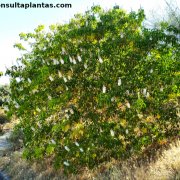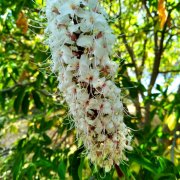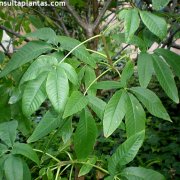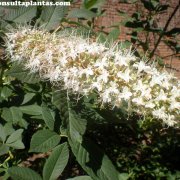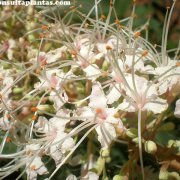Care of the tree Aesculus californica or California buckeye |
|
The genus Aesculus, family Sapindaceae, includes 15 species of trees and shrubs native to the temperate Northern Hemisphere. Some species and hybrids are: Aesculus californica, Aesculus hippocastanum, Aesculus indica, Aesculus x carnea. Common names: California buckeye and California horse-chestnut. This species is native to California. They are deciduous trees or shrubs with a wide and rounded crown that reach 12 meters (39.37 feet) in height. The attractive webbed leaves are dark green; they can lose their leaves in summer if it is very hot. The showy, scented white or pink flowers appear in cylindrical panicles up to 20 cm (7.87") in length. They bloom in late spring and early summer. California buckeye is used as isolated specimens (arboreal size) and in bushy groups (bush size). They are ideal for Mediterranean coastal gardens. Aesculus californica needs full sun exposure and a warm or temperate climate. It resists frosts down to -15 ºC (5 ºF). The soil can be a normal, well-drained garden soil with coarse sand that contains organic matter. Planting is done in early spring. Water moderately in summer waiting for the substrate to dry. The rest of the year water occasionally. They resist drought well. Fertilize in autumn with compost or manure. Prune lightly in late winter to keep it compact. Aesculus californica can be attacked by mealybugs and fungi if there is excess moisture. California horse-chestnut is propagated from seeds sown in spring and by grafting. |
Images of the tree Aesculus californica or California buckeye |
Find plants
Aesculus californica or California buckeye | Care and Growing
© 2025 FavThemes
